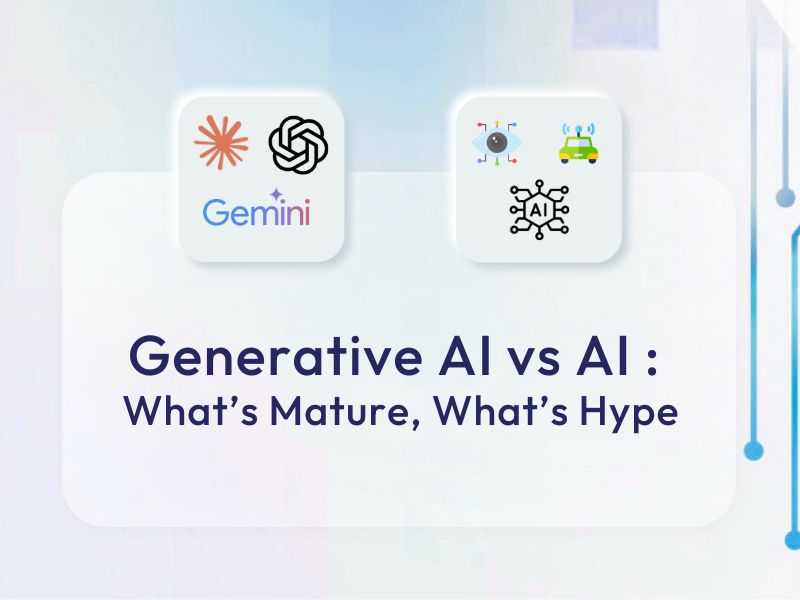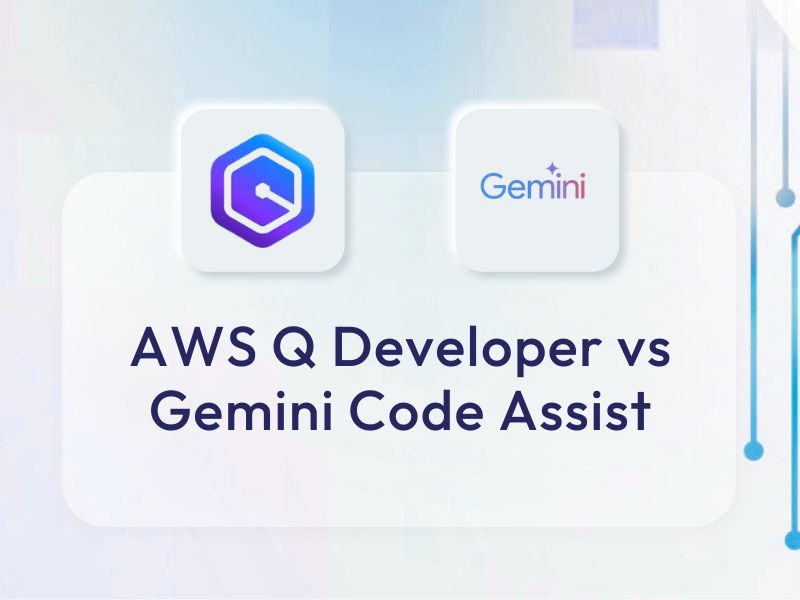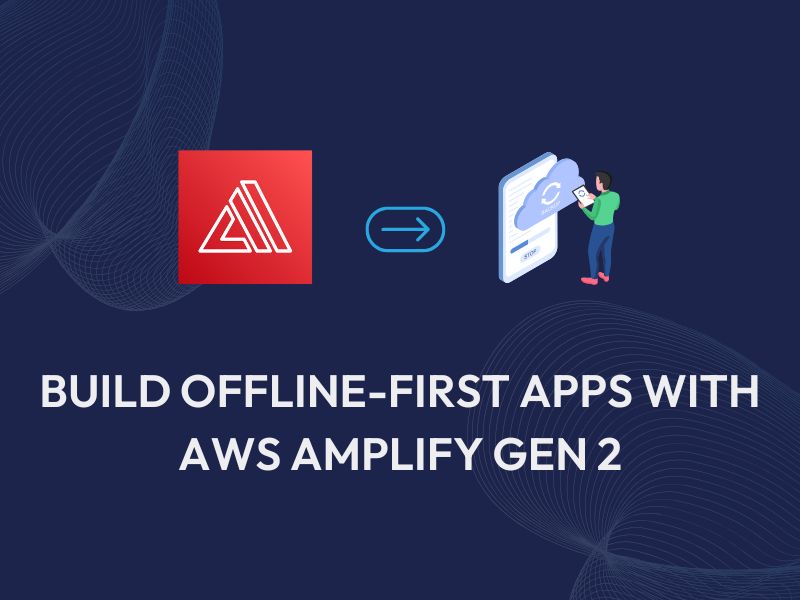Introduction
Salesforce offers various tools for developing custom user interfaces and functionalities within its platform. Two prominent options are Lightning Web Components (LWC) and Visualforce. Understanding the features, strengths, and limitations of these frameworks is essential for making informed decisions based on your business goals. In this article we provide a detailed comparison of Lightning Web Components vs Visualforce to help businesses determine the best fit for their needs.
Overview of Lightning Web Components (LWC)
Lightning Web Components (LWC) represent Salesforce’s modern framework for UI development. Built on modern web standards, LWC enables developers to create scalable and efficient applications. Its client-side rendering enhances performance and allows seamless integration with modern web development practices. LWC is optimized for the Lightning Experience and mobile platforms, making it suitable for real-time, dynamic applications.
Overview of Visualforce
Visualforce is a mature framework based on Salesforce’s proprietary markup language. It leverages server-side rendering, making it effective for certain use cases such as document generation. Visualforce supports classic Salesforce functionality and remains relevant for maintaining legacy applications. While it is less performant for modern, dynamic applications compared to LWC, it still has specific advantages.
Lightning Web Components vs Visualforce: Key Differences
| Feature | Lightning Web Components (LWC) | Visualforce |
|---|---|---|
| Development Approach | Based on modern web standards | Proprietary markup language |
| Rendering | Client-side | Server-side |
| Performance | Faster | Slower for dynamic applications |
| Reusability | High | Limited |
| Compatibility | Lightning Experience | Classic UI |
| Mobile Optimization | Optimized | Limited |
| Use Cases | New projects | Legacy systems, document generation |
When to Use LWC in Salesforce
Lightning Web Components is the preferred choice for new Salesforce projects due to its compatibility with modern development practices. Here are some scenarios where LWC is most effective:
- Real-Time Applications: LWC’s client-side rendering supports applications which require real-time data updates. This improves the user experience by providing smoother interactions.
- Scalability and Reusability: The use of web standards and custom elements makes LWC highly reusable, reducing development time and costs.
- Lightning Experience and Mobile Development: LWC is tailored for the Lightning Experience and mobile platforms, ensuring consistent performance across devices.
- Integration with Modern APIs: Developers can integrate modern APIs more effectively, creating scalable and robust solutions.
When to Use Visualforce in Salesforce
Despite Salesforce’s emphasis on LWC for any new developments, Visualforce remains relevant for specific use cases. Some of the use cases include:
- Complex Document Generation: Visualforce’s server-side capabilities make it suitable for generating documents such as PDFs.
- Legacy Applications: For existing Visualforce applications that function well, maintaining them can be more efficient than migrating to LWC.
- Server-Side Processing: Applications that require heavy server-side processing may benefit from Visualforce.
- Email Templates: Visualforce offers detailed control over HTML structure, making it useful for email template creation.
How & When to Migrate from Visualforce to LWC?
Migrating from Visualforce to LWC in Salesforce involves careful planning and execution. Organizations must evaluate both technical and business aspects to ensure a smooth transition.
Technical Assessment
- Component Evaluation: Assess the complexity and dependencies of Visualforce components.
- Data Model Compatibility: Check for compatibility with LWC’s data-binding framework.
- Integration Needs: Ensure existing integrations align with LWC’s architecture.
- Performance Requirements: Analyze whether client-side rendering meets performance expectations.
Business Planning
- Resource Allocation: Allocate resources based on component complexity and migration scope.
- Training Needs: Plan for developer training to adapt to LWC’s architecture.
- Stakeholder Communication: Communicate migration plans to ensure alignment with business objectives.
- Return on Investment (ROI): Define metrics to measure the success of migration efforts.
Addressing Challenges
- Learning Curve: Developers unfamiliar with web standards may face challenges. Offer targeted training programs.
- Legacy System Complexity: Plan phased rollouts to manage legacy system complexities.
- Performance Bottlenecks: Conduct performance audits to identify and address potential issues.
- Stakeholder Resistance: Use clear communication strategies to highlight the benefits of migration.
Advantages of LWC for Businesses
Adopting Lightning Web Components offers significant advantages for businesses:
- Cost Efficiency: Reusable components and web standards reduce development and maintenance costs.
- Faster Time-to-Market: LWC’s modular approach enables quicker development cycles.
- Enhanced User Experience: Client-side rendering ensures responsive applications.
- Resource Optimization: LWC’s alignment with web standards streamlines onboarding and reduces training time.
Real-World Applications of Lightning Web Components vs Visualforce
Lightning Web Components Applications
- Customer Portals: LWC’s scalability and performance support portals handling high user traffic.
- Sales Applications: Real-time updates make LWC ideal for sales tools.
- Mobile Applications: LWC’s design caters to mobile-first development.
- Integration with APIs: LWC’s compatibility with APIs ensures robust application performance.
Visualforce Applications
- PDF Generation: Visualforce’s server-side rendering supports complex PDF creation.
- Legacy Systems: Maintaining functionality in legacy systems can be more efficient with Visualforce.
- Server-Intensive Operations: Visualforce may perform better for operations requiring server-side logic.
- HTML Control: Visualforce provides precise control for creating email templates.
Conclusion
The comparison of Lightning Web Components vs Visualforce highlights their distinct roles in Salesforce development. Lightning Web Components is better suited for modern projects due to its alignment with web standards, scalability, and performance. However, Visualforce remains relevant for specific use cases like document generation and legacy application maintenance. Choosing the right framework depends on project requirements, development team expertise, and long-term goals. By understanding these differences, businesses and developers can make strategic decisions to maximize efficiency and performance.
Still Can’t Decide between LWC vs Visualforce?
Choosing the right framework can significantly impact your business’s success. Whether you’re planning to migrate to LWC or optimize existing Salesforce applications, Compileinfy’s experts can guide you every step of the way. Book a Consultation today to unlock the full potential of Salesforce for your business.





